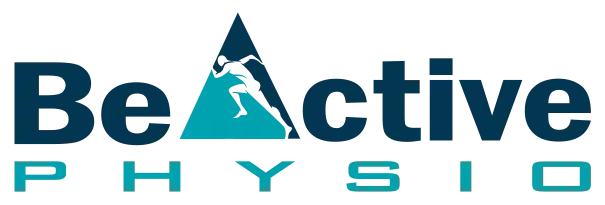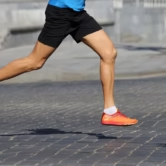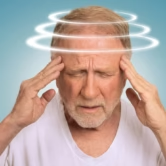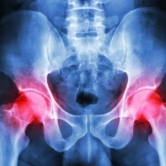Are You Experiencing Both Back And Neck Pain? PT May Be Able To Help
Relieve Your Pain with the Help of Physiotherapy! Back and neck pain are very common problems that many people deal with throughout the course of their lives. Unfortunately, it’s not always a straightforward job to locate the exact cause of the pain you experience in your neck or back. Pain…




